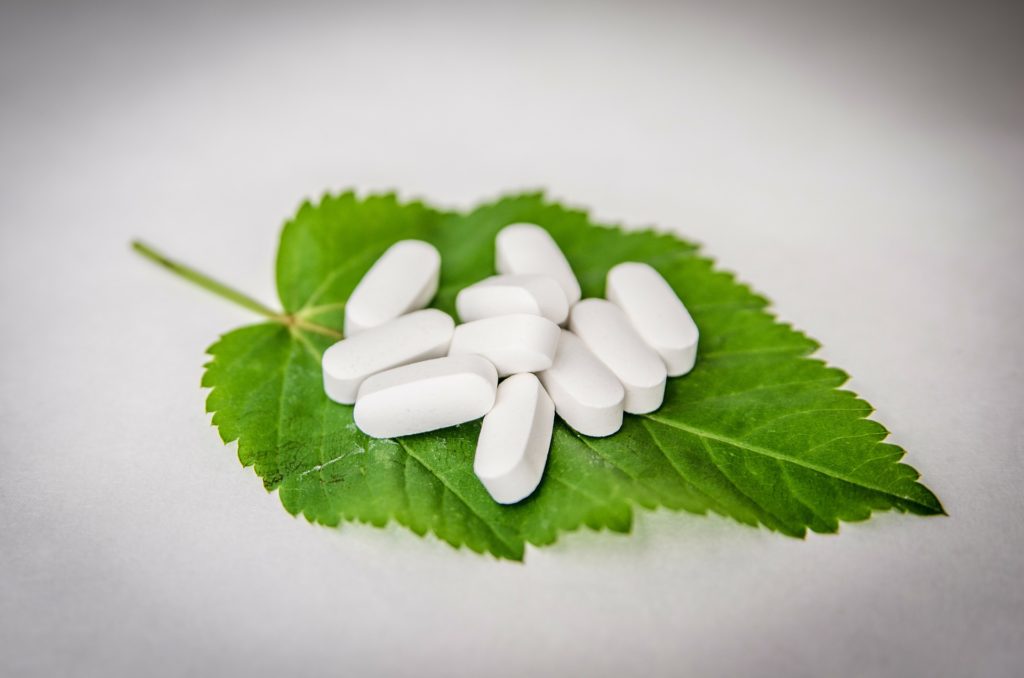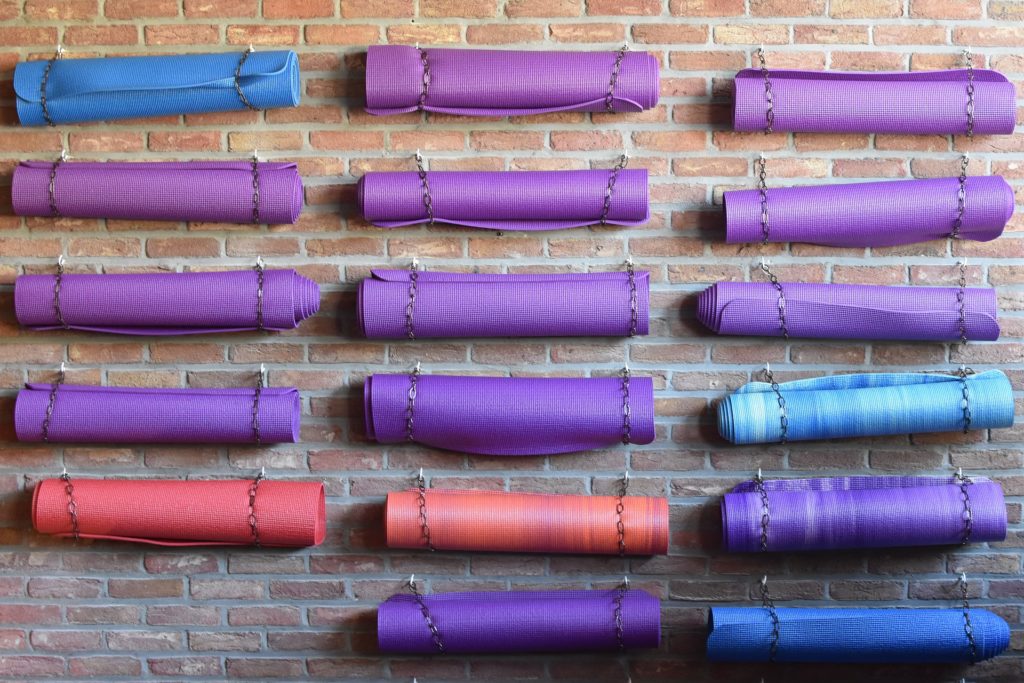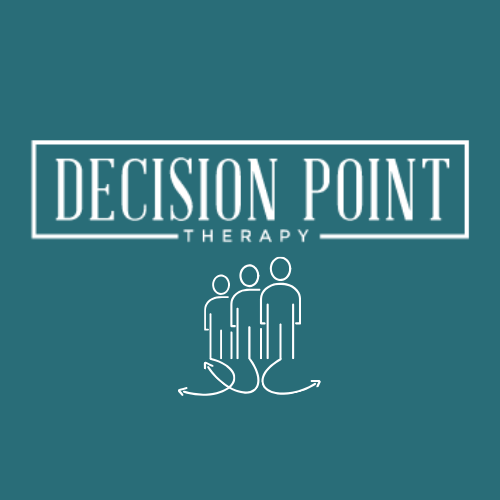Managing the Winter Blues: Options for Tackling Seasonal Affective Disorder
Seasonal Affective Disorder (SAD) is a form of depression experienced during certain times of the year. Winter and rainy seasons are the most common intervals for SAD to develop due to decreased sunlight and lack of vitamin D. Though it’s not as common, it is also possible to experience SAD during the spring and summer months.
Common symptoms of SAD include:
- irritability
- insomnia
- tiredness
- oversleeping
- change in appetite
If you’re experiencing these symptoms, here are some of the options your doctor may recommend for managing SAD.
Light Therapy Boosts Vitamin D
Given that most people suffer from SAD as a result of decreased levels of vitamin D, light therapy is a popular treatment that proves effective for many people. Your body requires sunlight to produce vitamin D, so during the winter months, many people experience a drop in vitamin D levels which can impact mood and immune health.
Light therapy utilizes artificial, full-spectrum light to mimic the effects of natural sunlight to help the body produce vitamin D, compensating for deficiencies caused by decreased exposure to natural light.
Small light therapy lamps are affordable and can be used at home, making light therapy a convenient treatment option for many people who suffer from SAD.
Antidepressants and Supplements Can Be Beneficial
Some people find antidepressants more effective than other forms of SAD treatment. Each case of SAD is unique and the treatments that prove effective for one person may be ineffective for another.
If you believe an antidepressant could work for your SAD, discuss your options with your doctor. In many cases, people with SAD can take medications seasonally to coincide with their symptoms.
One of the downfalls of antidepressant medications is the risk of side effects. For some people, the negative side effects outweigh the benefits of the drug, forcing them to turn to alternative treatments.
Vitamin D supplements are a very popular, natural way to manage SAD. Supplementation enables you to boost your vitamin D levels without sitting in front of a lamp each day or braving the cold to get a little sunlight. Vitamin D supplements are typically most effective when used in conjunction with other treatment options.
Various herbal remedies are also said to be helpful in managing SAD, though St. John’s wort is most frequently used.

There are Many Depression-Fighting Activities
To tackle your SAD, you do not necessarily need to take medication or buy a light therapy lamp. Some people have success by simply including depression-fighting activities in their daily life.
Exercise, for example, is one of the best activities for battling the symptoms of depression. The endorphins released during exercise offer a mood boost and can make you feel better even on a cloudy day.
Yoga in particular, is said to be excellent for those struggling with depression. Yoga combines soothing meditative thought and exercise to create an uplifting experience, which makes it a useful strategy for people who also experience anxiety with SAD.

Some other helpful activities include socializing, volunteering, crafting, attending religious events, and sometimes even cleaning. Any of these have the potential for a powerful impact on your mental state.
Seasonal Affective Disorder is a manageable condition...
If you suspect you have SAD, seek the help of a healthcare professional for a definitive diagnosis and to discuss the treatment methods that are best-suited for your unique needs.
Don’t write off your symptoms as something you just need to live with!
Those who remain undiagnosed or untreated are at risk for substance abuse, as they may turn to alcohol or other substances in an effort to self-medicate or escape from their symptoms. Alcohol or drugs may seem to help temporarily, but they will ultimately make your symptoms worse.
Talk to a professional and establish a proper treatment plan to start managing your SAD instead of allowing it to manage you.
Article Courtesy of Laura Baker:
Laura Baker is an expert on keeping DIY projects simple and inexpensive. She is also an advocate of healthy and holistic living. She is part of a wonderful team at LearnFit, contributing great tips on DIY, healthy living, and more.




